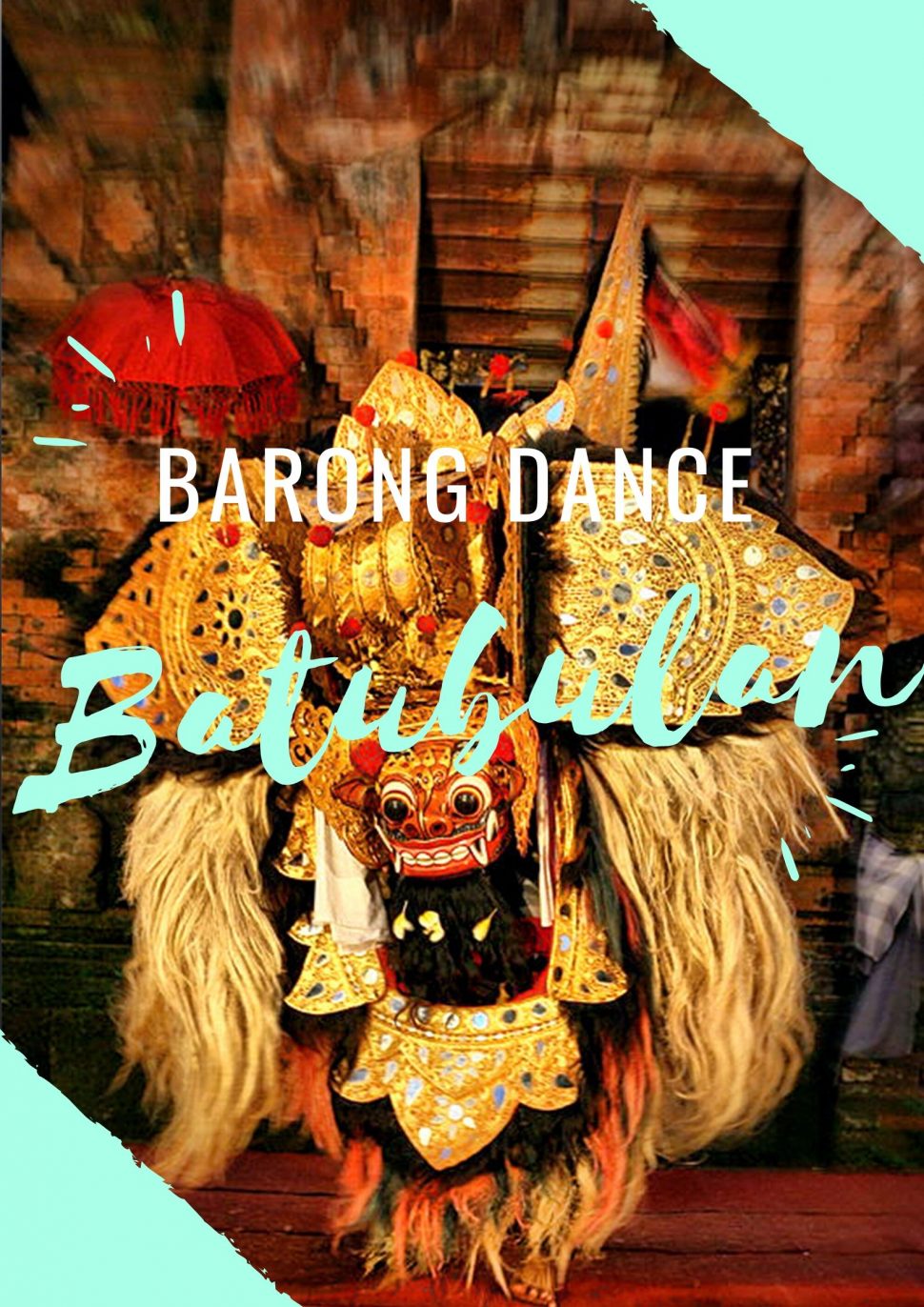Barong And Keris Dance Performances Of Batubulan Bali
Among the many Barong and Keris Dance performances on the island, the Barong and Keris Dance of Batubulan remains unique due to its focus on the Kunti Seraya story, a play that has been performed since the 30’s. An interesting documentation of this play was once written by Walter Spies in his book Dance and Drama In Bali.

The characteristics of Barong and Keris Dance performances in Bali vary through the stories they tell to the audience. Most performances depict the story of Calon Arang (or Calonarang), the wrath of an angered black magic witch. In an article, art connoisseur I Wayan Dibia explained that the Kunti Seraya story originated back in 1942, and was played regularly at Pura Desa Singapadu.
The play tells the story of Kunti, the mother of Sadewa, who promised to give her child to the devilish Rangda. However, Kunti was unable to surrender her beloved son to the forces of evil. Of course, this refusal angered the wicked Rangda who bewitched Kunti and her guards, forcing the guards to Sadewa deep into the forest and leave him in front of Rangda’s palace. The Lord Shiva, who witnesses the helplessness of the innocent child, comes down to help Sadewa, granting the boy immortality.
Essentially, the play is about how good triumphs over evil. This is generally the underlying theme in most Balinese performances, which through dance, music and drama aim to spread good moral teachings.
This unique take on the Barong and Keris Dance can be seen in several places in Batubulan. I opted to watch the one at Wantilan Pura puseh Batubulan with the Pemaksan Dance Troupe performing. I appreciate the stage arrangement and the ambience of the outdoor amphitheatre here; the construction showcases Balinese style and architecture and is found next to a temple for extra atmosphere!
The play starts at 9.30 am, but if you arrive early you can mingle with the performers back stage. a good friend, a local in the area and a member of the dance troupe took me back stage to get a first hand look at the bustling preparations of a Balinese performance. The performers painting and decorating their faces with bright make up, and the intricate costumes hanging on the railings swaying in the wind, waiting for their time to shine. It takes a lot of time and energy to put such a performance together, which happens every day.
It is advised that you read the synopsis at the beginning of the play as the dialog is completely in Balinese – once you know the story, you can sit back and enjoy the dance and the music play out.